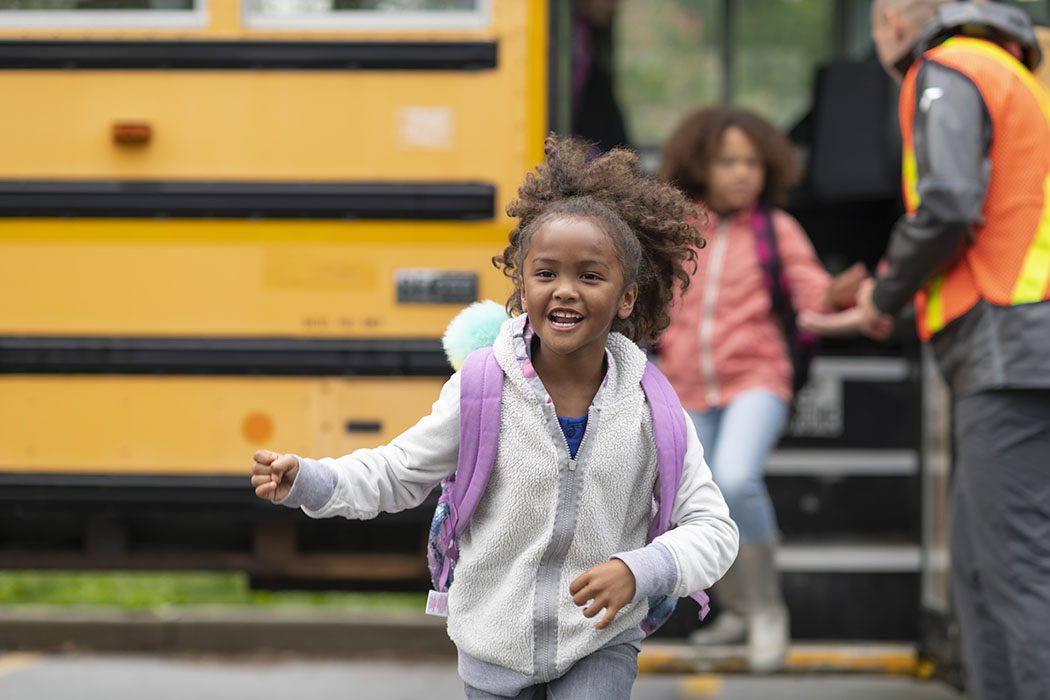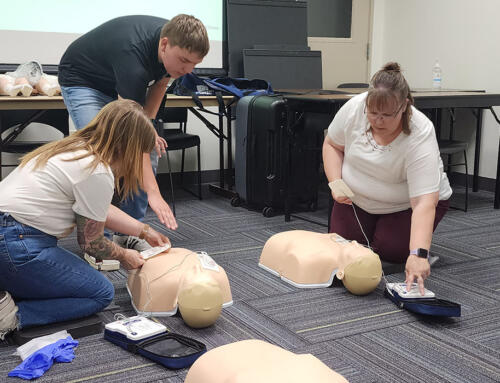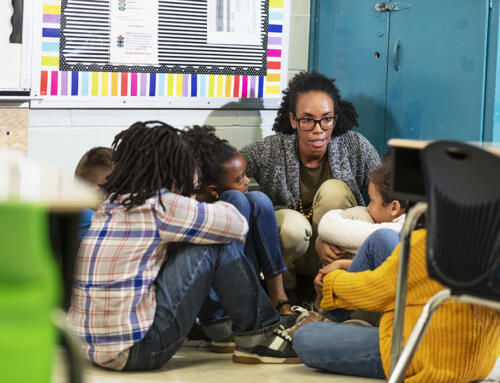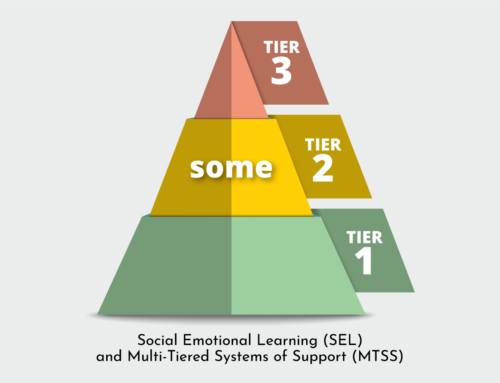Each school day, schools are entrusted to provide a safe and healthy learning environment for students. Families and communities expect schools to keep their children safe from threats (human-caused emergencies such as crime and violence) and hazards (natural disasters, disease outbreaks, and accidents). What are some ways a school can safeguard its campus?
Develop an emergency operations plan
The plan should address critical response practices, such as lockdowns, evacuations, parent-student reunification, emergency communications and post-incident recovery such as student and staff counseling. School districts should have district-level and building level plans. Involve your first responders in the development of the plan. Review your plans annually and update as necessary.
Create a crisis communications plan
Direct and timely communication with your community, first responders and staff when a school incident occurs is vital. This could include a mass notification system, social media, two-way radios and anonymous tip lines.
Train staff
The first line of defense is a vigilant staff. Training should include threat assessment, crime prevention, school security procedures and emergency response.
Conduct a site assessment
Examine campus facilities and grounds to identify security weaknesses, such as:
- Unlocked doors
- Ineffective communications systems
- Line-of-sight issues for surveillance cameras
- Broken fences or gates
- Traffic patterns that impede access by emergency responders
- Ineffective visitor management
Conduct drills and tabletop exercises
Exercise your emergency plan in order to reach maximum usefulness. Practice your drills at all times of a school day. Tabletop exercises allow you to work through hypothetical scenarios to see if your written plan works in a “real” emergency. Involve your first responders when you can.
Implement a threat assessment team
Studies show students often engage in behaviors that concern others prior to incident. Threat assessment teams can identify and respond to at-risk students who show signs that they might harm themselves or others.
Form community partnerships
Strong relationships with community service providers, such as police, fire departments, emergency management, and local mental health experts, can help institutions craft and practice emergency plans, build a threat assessment team, and train staff.





 ESD 112 equalizes educational opportunities for learning communities through innovative partnerships, responsive leadership, and exceptional programs.
ESD 112 equalizes educational opportunities for learning communities through innovative partnerships, responsive leadership, and exceptional programs.